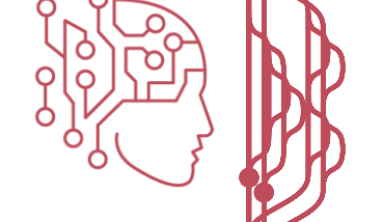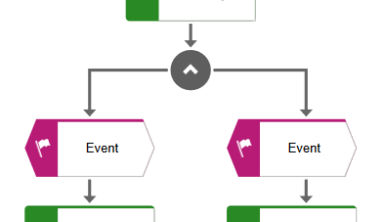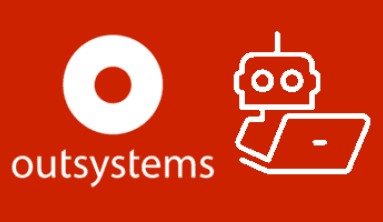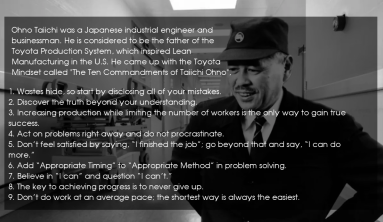In the era of software- “revolutions” arise monthly. Nevertheless, every once in a while, essential innovations do appear on the web, and it’s difficult for them to trim down through all the clamor to seize your notice.
Therefore, today, we, the TIGO Software team, will highlight one of them; Lean software development – a groundbreaking methodology that has completely revamped the whole stream of Value in IT and yet, unfortunately, remained unknown to a lot of business
Lean Software Development?
The Lean idea was founded by the Japanese automotive – Toyota, as a means to reduce waste in manufacturing; but soon grew popular and was adopted, among others, to a range of competencies in IT biz.
“Lean development means removing all unnecessary things.”
Overall, there are seven principles to Lean software development, each intending to accelerate performance and bring higher Value to end-user:
- Delaying Commitment
- Delivering Fast
- Respecting people
- Optimizing the whole thing
- Eliminating Waste
- Amplifying Knowledge
- Building Quality In
To accomplish them, Lean utilizes these sources
Inventory management. A method of minimizing the amount of operations in progress at once via application of a theory of queuing and constraints theory approach.
Kanban – A Pull project management approach, which by means of frontier tasks that are being finished one after another, prevents overloading of the development procedures.

Value Stream Mapping – The way of viewing of the development succession entirely from a request of a client – deployment stage that helps optimize the time invested in waiting and on real procedures.
Now, let’s glance into each of the six Lean software development in details;
1. Eradicating Waste
Waste reduction, being the primary rule in Lean engineering, defines its complete aim. For the significant part, the methodology strives to fight these types of waste, and they are;
- Delays in the engineering process
- Vague requirements
- Inefficient communication
- Issues with quality
- Unneeded and crippling bureaucracy
- Unnecessary code and features
- Data duplications
To identify and later eliminate redundancy, regular meetings are conducted by Project Managers after every short repetition.
2. Building Quality
Efficient quality management is, too, a guiding aspect in Lean Development Methodology, as issues in this sector lead to various types of unnecessary elements. Repeated testing of the code, mistakes in logging, and bringing a solution for it takes time and thus drives costs of development elevated; lean strives to address such nuances before they even take place.
Various tactics are utilized in Lean, and all related agile development types, to ensure that quality is maintained all along the process. Engineering is kept flexible.
3. Commitment Delay
It happens or instead used to happen often in traditional project management, that your application, though meeting the spec precisely, turned out entirely unfit for the market by the date of release-and the changes that had not been addressed since its inception/development.
Lean software development methodology identifies this threat. This approach strives to build software to be supple so that when new knowledge is made available, engineers can act upon it without wrecking completely what’s been done previously. Like all new projects, nowadays, they are bound to face vagueness, so the significance of this is hard to overrate.
4. Quick Delivery
Historically, outstanding and long-term planning used to be the chief element to success in the biz. Only when each attribute of strategy had been worked out entirely, agreed upon, strict milestones and pace of development and had been established, you were considered ready to enter the software market.
These methods permit to boost a piece of software incrementally, based on the feedback gathered from real customers, and ditch everything that holds no value at all.
5. Team Value And Respect.
Lean software development is a structure aimed at empowering teammates instead of controlling those. It goes far more ahead of establishing basic human courtesy- it instills trust within every project.
These approaches deliver a lot to a quicker application of changes to software that are required to reflect the alterations in the environment, and it keeps your developers motivated always.
Above all, what is more, essential than a team is motivated?
Planning up a unified atmosphere, however, and keeping the perfect balance of control within the project is not easy. Developers should be allowed to do their thing, focus, and implement changes that they feel are mandatory. But they are also intended to report on their decisions, to explain the approach, they plan to take to managerial level and, more importantly, to the clients,
In the end, it’ is you who are in authority of the overall course.
6. Optimizing the complete stream of Value
We at ITS Guru, for example, find people that are best suitable for each and every particular project and organize them into a full, standalone workforce. Therefore there is no room for, , delays, miscommunications and disruptions, that would happen, surely, if project members were scattered across various department.
Managers prefer to break each matter into multiple parts, which they then have their teams fix individually, without optimizing entire systems. Lean software development opposes that and takes stand for focusing on value stream as a whole.
This methodology enables to the optimization of the team’s working structure, creates union among everyone included in the project, inspires a sense of shared objectives, and a sense of shared responsibility, which translates into higher performance.
Conclusion.
Although lean agile methodology offers a flexible and customer-oriented system to software development, it’s people who make it work. Therefore, look for expertise when employing a team to create your application; professionals, who are committed to constant improvement, and qualified enough to adapt the crucial values of Lean methodology.





